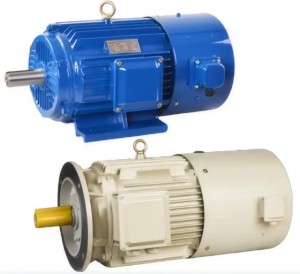The quality of an electric motor is dependent upon its physical composition and performance indicators. The production process for three phase induction motors incorporates a number of key components, including magnets, cores, coils, bases, Hall sensors, insulating varnish, phase lines and so forth. Each component is crucial to the overall performance and efficiency of the motor.
The magnet and iron core are the foundation for generating a robust magnetic field, which is vital for the motor’s functionality. The coil is typically constructed from copper and is responsible for generating the electromagnetic force that drives the motor. The base provides the necessary structural integrity, while the Hall sensor is used for precise position and speed detection, thereby enhancing the motor’s control ability. The insulating varnish is vital for preventing electrical short circuits, while the phase wire is essential for ensuring a proper electrical connection.
However, while the quality of these physical components is important, it is also essential to consider another key indicator: the best efficiency point. It is essential that a good motor not only comprises high-quality components but also operates efficiently under a range of load conditions. The best efficiency point refers to the motor’s optimal performance under specific operating conditions, with minimal energy loss and maximum output power.
A high-quality motor is defined by superior physical components, including magnets, cores, and coils, as well as advanced features such as Hall sensors and insulating lacquers. However, the true measure of a motor’s quality is its ability to reach and maintain its optimum efficiency point. By focusing on both structural and performance metrics, we can better assess what makes a motor truly outstanding in an application.
Post time: Dec-04-2024


